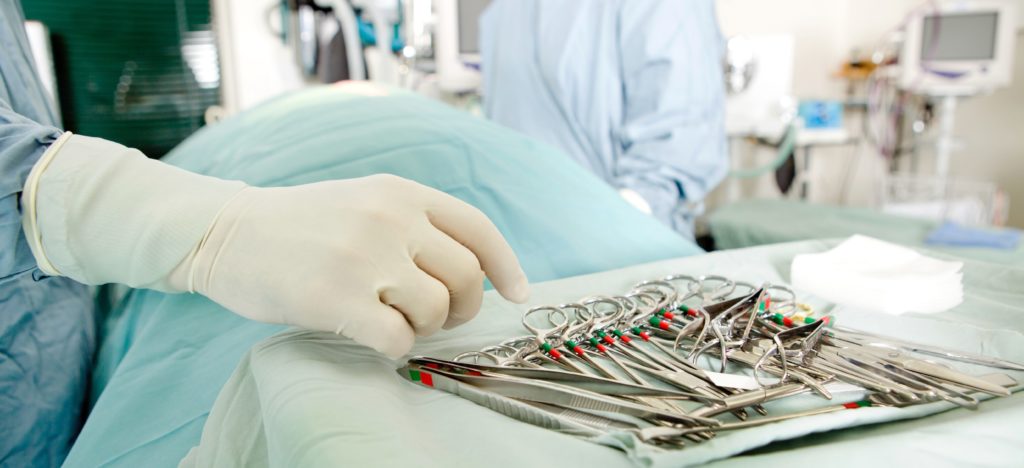Types of Arthritis
“Absolutely amazing treatment and care. Both Mr Willis-Owen and the staff at the Harbour Hospital ensured that I was successfully treated for a long-term knee injury and also gave me the support and strategies for recovery following surgery. Without a doubt, the best medical care I have ever received. For the first time in years I am able to move unhindered and finally enjoy activities that have been out of reach for so long. Life changing. 5/5
Osteoarthritis
We tend to think of arthritis as wear and tear in a joint. This is the most common sort of arthritis, and we call this osteoarthritis. Osteoarthritis usually means that the slippery shiny cartilage surfaces in the joint are damaged, thinned or worn out – leaving raw bone rubbing against raw bone. There are also changes in the fluid in the joint, and this causes inflammation in the tissues around the joint. All of this means pain, stiffness and swelling, which means no more enjoying yourself and it can be horrible.
Osteoarthritis can be due to accumulated damage over the years, and it certainly gets more common with age, but it also more common in people who are overweight (or have been in the past) and in people who have done lots on their joints either with injuries or repetitive activities – often too much hard work, or even lots of sport.
Post-traumatic arthritis
I also frequently see arthritis in people who have previously broken a bone extending into a joint. Sometimes it is a ligament or cartilage injury. We call this post-traumatic arthritis.
Rheumatoid Arthritis / Inflammatory Arthritis
There are a big group of autoimmune disorders where the body’s immune system attacks the lining of the joints (the synovial membranes) and causes inflammatory arthritis. Rheumatoid arthritis is one of the most common. These can be managed well with medicines by a group of doctors called Rheumatologists, but often in later life joint replacement is needed – which is where I get involved.
Other sorts of arthritis
I see quite a lot of people who have had a ‘torn cartilage’ or meniscus tear operated on years ago. Because the meniscus works as a cushion to protect the knee when it is taken out arthritis follows. We call this Post Meniscectomy Arthritis.
Less commonly I see people who have had an infection in a joint and the infection has killed the cartilage, this is called post-septic arthritis.
Treatments for arthritis
Treatments fall in to three categories. Lifestyle changes with physio, injections or surgery. Most people will go through all three phases to some extent.
Physio and lifestyle
In the early stages of arthritis, painkillers, physiotherapy and strengthening the muscles will help.

For elderly people walking sticks can be helpful but that is not ideal for youngsters! For people who are overweight then losing that excess can really help. For some people it may mean cutting out the things that make the joints hurt, but a lot of people don’t want to have to give up the things they love. This is where the next options fit in…
Injections
The most basic cheap and cheerful option (liked by the NHS) is a steroid injection. This is a powerful anti-inflammatory injection to mask the problem. Unfortunately the benefit can be short lived and it can have effects on the immune system.
If people come to me before they are too bad I can often help with a special viscosupplement injection to lubricate the joint (also called Hyaluronic acid or Durolane). This is a very special injection into the joint which a bit is like an oil change. It makes the roughened surfaces move more easily and calms down the inflammation with a really good chance of improving your pain and stiffness for months and months, often a year or more. The good news is that it is really easy and usually almost pain-free. I do this for all sorts of joints around the body, but mostly the knee.
There is a more sophisticated type of injection therapy called Platelet Rich Plasma injections. These involve harnessing the body’s natural healing by taking some of your blood out (like a normal blood test), then filtering it and centrifuging it to separate out the healing factors. I then inject this into the knee.
You can read more about injection therapy here, and there is some specific information about Platelet Rich Plasma (PRP) injections (sometimes referred to as autologous conditioned plasma or ACP therapy) in the below downloadable pdf.
Joint replacement
When joints are destroyed, no matter what the cause the best solution is usually a joint replacement.

I specialize in knees and I don’t operate on other joints for arthritis. Lots of surgeons do all sorts of different things, but by specializing just in knees I have got very good at them. I do high-performance knee replacements (for high-performance people), robot-assisted knee replacements (for a perfect fit) and partial knee replacements (for when only part of the knee is worn out). This is a big subject, so I have made a separate page!
Read more about knee replacements here
“Absolutely amazing treatment and care. Both Mr Willis-Owen and the staff at the Harbour Hospital ensured that I was successfully treated for a long-term knee injury and also gave me the support and strategies for recovery following surgery. Without a doubt, the best medical care I have ever received. For the first time in years I am able to move unhindered and finally enjoy activities that have been out of reach for so long. Life changing. 5/5
Cartilage regeneration
Doctors have been trying to develop new methods of regenerating cartilage for many years. I have been involved with many of the techniques including things like cell based methods from your own bone marrow and using pieces of your own cartilage to grow more cartilage.
For some lucky patients this can be a good option.
If you would like more information about these cell based therapies / growing new cartilage then do get in touch.
Book a consultation